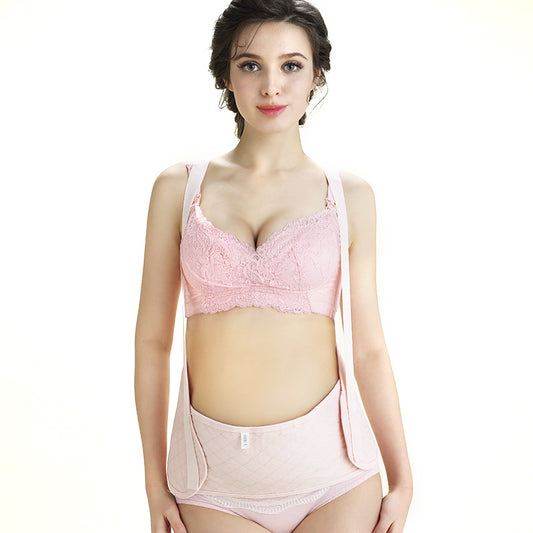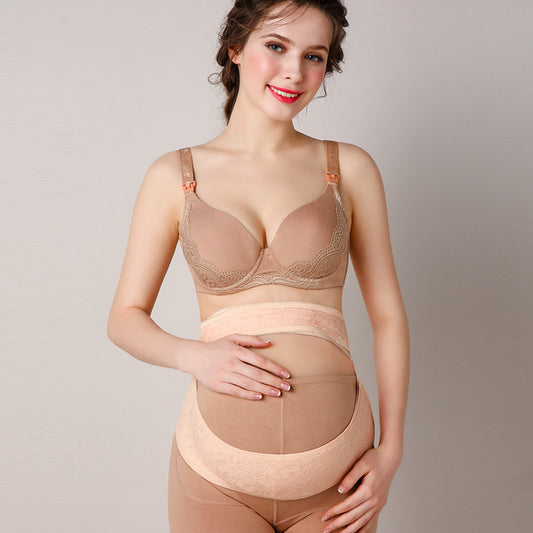-
Posture Corrector for Women & Men - Fully Adjustable Straightener for Mid - Upper Spine Support- Neck, Shoulder, Clavicle and Back Pain Relief-Breathable
Regular price $30.99 USDRegular price$39.00 USDSale price $30.99 USDSale -
ZSZBACE Maternity Belly Band for Pregnant Women | Breathable Pregnancy Belly Support Band for Abdomen, Pelvic, Waist, & Back Pain | Adjustable Maternity Belt | For All Stages of Pregnancy (pink)
Regular price $42.00 USDRegular price -
Pregnancy Belly Support Band - Maternity Belt & Brace for Pregnant Women, Bump Sling for Pelvic, Abdominal and Lower Back Pain Relief with Fully Adjustable Strap
Regular price $93.00 USDRegular price -
Maternity Belt Pregnancy Back Support Back Brace Lightweight Abdominal Binder Maternity Belly Band for Pregnancy,Beige
Regular price $38.00 USDRegular price
Collection: back strap support
Why Choose Back Support Straps?
Chronic back pain affects 80% of adults worldwide. Our medical-grade support solutions combine compression therapy with ergonomic designs to:
- Stabilize lumbar spine
- Relieve pressure on herniated discs
- Improve blood circulation
- Correct slouching posture
Featured Back Support Solutions
Lumbar Back Pain Relief Brace
Lumbar Back ZSZBACE Pain Relief Brace
- 3D contoured padding for S1-L5 vertebrae
- Dual side stabilizers prevent torsion
- Ideal for degenerative disc conditions
Posture Correction System
- Cross-back tension control system
- Breathable neoprene with airflow channels
- Targets upper/mid back misalignment
Thermal Therapy Belt
Self-Heating Abdominal Support
- Far-infrared heating technology
- Targets lower back & core muscles
- 4 temperature settings (40°C-60°C)
Key Benefits Breakdown
Spinal Decompression
Our lumbar braces utilize graded compression (15-20mmHg) to:
- Reduce vertebral compression
- Create space between discs
- Minimize nerve irritation
Muscle Activation
Daily Use Guide
| Timeframe | Recommended Products |
|---|---|
| Work Hours | Posture Corrector |
| Gym Sessions | Lumbar Support Belt |
| Night Recovery | Heated Abdominal Belt |
Frequently Asked Questions
Q: How long should I wear daily?
A: Start with 1-2 hours initially, gradually increasing to 4-6 hours. Avoid continuous wear exceeding 8 hours.
Q: Can I exercise with back straps?
A: Yes! Our Waist Trainer Belt features anti-slip silicone grips perfect for:
- Weight training
- Yoga sessions
- Cycling workouts
Q: How to clean the braces?
A: Hand wash with mild detergent. Air dry flat. Avoid:
- Machine washing
- Direct sunlight
- Ironing
Q: Difference between posture correctors?
A: The Advanced Posture Brace offers:
- 6-point tension adjustment
- Clavicle stabilization
- Rotator cuff support
Clinical Backing
Studies show proper back support can:
- Reduce disc pressure by 35% (Journal of Orthopaedic Research)
- Improve posture angles by 28°±4° (Spine Health Institute)
- Decrease pain scores by 4.2/10 points (NIH Clinical Trial)




